In Silver on the Tree, the Dark is rising for the final time and the six characters we have followed over the previous four books of The Dark is Rising Sequence must come together to try to stop it. I have loved this series and part of me is sorry that I’ve now finished the final book and that there is no more of the story left for me. But I’m also happy to have the story wrapped up. While I would give the series, as a whole, a 5 star rating, I’ve rated this final volume a little lower, mostly because I didn’t feel the danger so urgently in this one as in the previous books. Yes, everyone is variously threatened at different times, but none of it seems as terrifying as some of the moments from earlier books, such as Will’s confrontation with the Brenin Lywyd in The Grey King.
That’s not to say I didn't like Silver on the Tree. This book still has plenty to recommend it, and of course it does wrap up the story quite nicely. It’s just not my favourite of the books. We’ve had a lot of different story and mythological elements across the series, and all of them finally come together here for the final confrontation between the Light and the Dark. Will is back with Bran in Wales, and the three Drew children are also holidaying nearby. Will gathers them together, along with Merriman, so that the six can work to find the final object of power they need before the final battle.
Like the previous volumes, Cooper draws heavily on English mythology, especially on Arthurian legend. Arthur appears as a character several times in this book, not just hinted at as he was in The Grey King, but explicitly as a king with his own battle against the Dark to wage and as Bran’s acknowledged father. In the second part of the book the places in Wales where the children search for the missing Lady (last seen in The Dark is Rising) and the crystal sword are all associated with Arthur. We have Caerleon, specifically the excavation at the Roman amphitheatre, which Geoffrey of Monmouth says was the location of the Round Table (the archaeologist excavating the site refers to this myth when talking to Merriman); Carn March Arthur, a natural rock feature in Wales said to be the hoof mark left by Arthur's horse; and Llyn Barfog, the lake from which Arthur banished the monster Afanc. Afanc even makes an appearance, attacking Jane before being banished again by Bran, drawing on the power of his father.
But apart from the many Arthurian references, Cooper also draws on a number of other folkloric elements, such as the Mari Ilwyd, Caer Wydyr and the story of Gwyddno the Lost King, as well as bringing back Herne the Hunter from The Dark is Rising, and using actual elements of Welsh history, such as Owain Glyndŵr. She also adds in many elements of fantasy into this story, such as Will and Bran’s journey through the lost land as they seek Gwyddno, or the fantastical train ride that carries all of the Old Ones and the others who fight for the Light to the site of the final battle.
Cooper also throws time travel into the mix. Elements of the story move back and forth in time seamlessly, linking different elements of the story together. In the opening chapters for example, Will travels back to the Battle of Badon to meet Arthur, returns to his own time to consider a painting in his home depicting the Romans building an amphitheatre in Caerleon, only to quickly go back to Caerleon to watch himself hide the circle of signs within the walls of that amphitheatre as it is being built, then back to his own time again to retrieve the circle as the site is excavated (Cooper adds an author’s note at the beginning that the excavation was actually done in 1928 but she took the liberty of moving it forward in time to fit her plot), then finally returns to give Arthur the circle to wear in the battle. He goes back and forth so many times that it’s a wonder he doesn’t get dizzy! There are many other examples across the book where different characters move easily between different eras, tying together to conduct many different battles against the Dark.
While the battle against the Dark is the focus of the story, I think the strongest part of the narrative is the ending, when the Dark has been defeated forever and the Six are left back in our world seemingly without purpose. But Merriman tells Jane, Simon and Barney after Bran makes the choice to stay with his adopted father rather than claiming his place with Arthur in immortality:
“For Drake is no longer in his hammock, children, nor is Arthur somewhere sleeping, and you may not lie idly expecting the second coming of anybody now, because the world is yours and it is up to you. Now especially since man has the strength to destroy the world, it is the responsibility of man to keep it alive, in all its beauty and marvellous joy.”
English mythology is full of stories of heroes who will return in a time of great need. In the books we’ve already encountered, there is Arthur who is said to be sleeping in Avalon until he is needed by the people of Britain, and Owain, the Welsh hero who is also said to be waiting to be called to return and liberate his people. Now, Merriman adds in the legend of Sir Francis Drake, who, on his death bed, ordered that his snare drum to be taken to Buckland Abbey and vowed that if England were ever in danger and someone beat the drum, he would return to defend the country.
Merriman gives personal empowerment to the children by making it clear that no one, now, can depend on Arthur or any other hero to return and save England. It is up to them, and to other good people in the world, to make the world we want to live in and to fight against ignorance and hate and destruction. This ties back to scenes at the opening of the book where Will’s family react to the bullying of an Indian boy and later stand up to the bully’s racist father. I initially thought this scene was just to show that Will’s family are all essentially decent, intelligent people – something we had already seen in The Dark is Rising – and to show that Will’s power as an Old One fighting for the Light comes, in part, from the values of his whole family. But Merriman’s statement makes it clear that people like Will’s family need to keep to their principles and actively fight against prejudices and other evils inside people, or the Dark will return and next time there will be no Old Ones or heroes to save the world. That’s a pretty deep message to end a children's book on!
The Dark is Rising Sequence

 RSS Feed
RSS Feed Facebook
Facebook Instagram
Instagram YouTube
YouTube Subscribe to our Newsletter
Subscribe to our Newsletter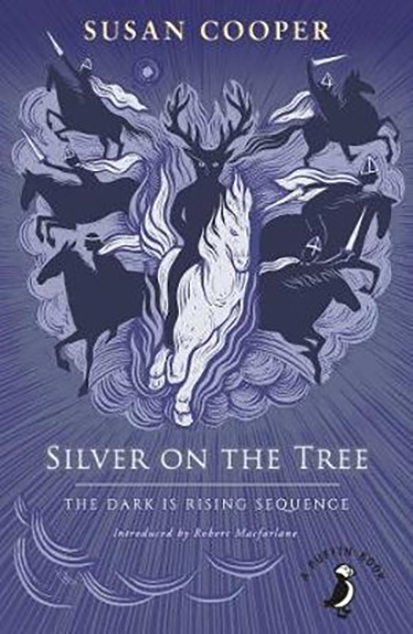

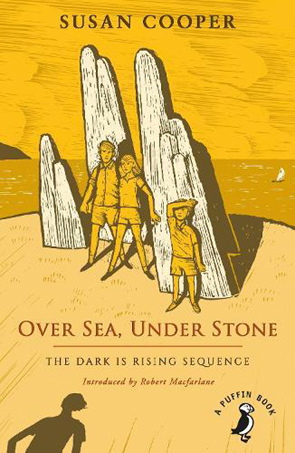
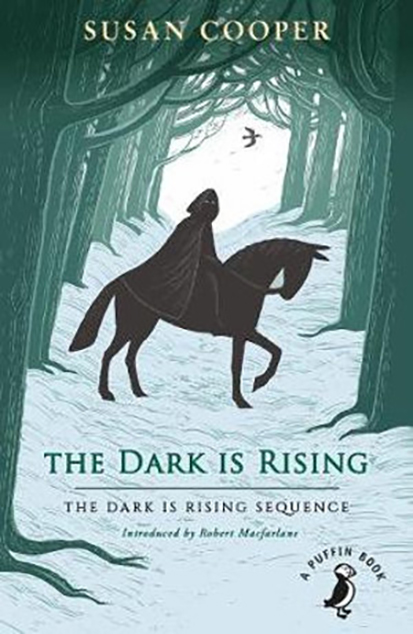
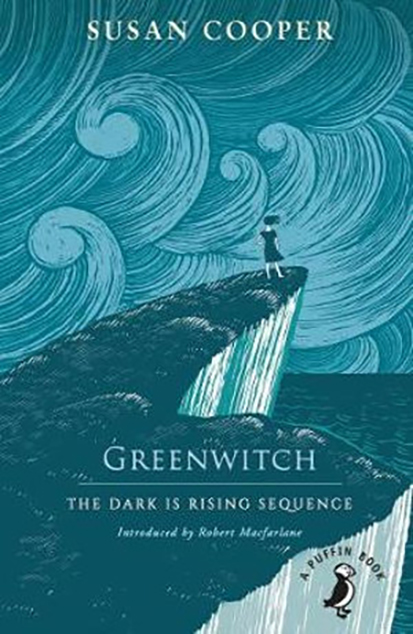
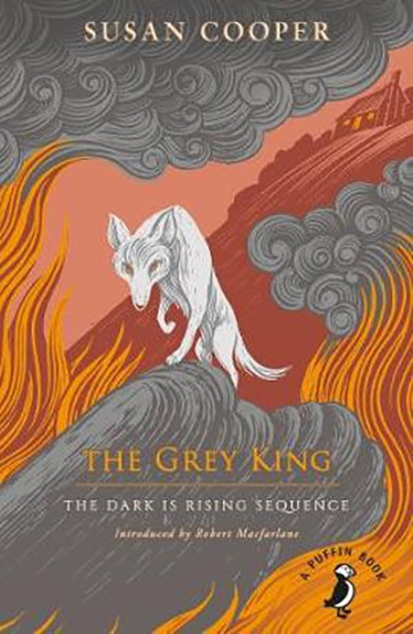
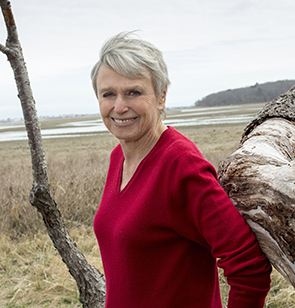


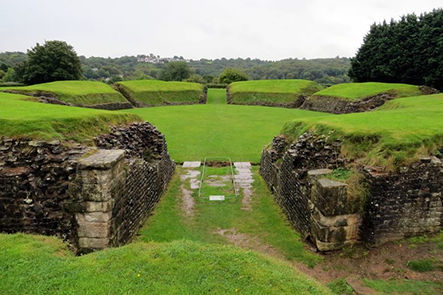
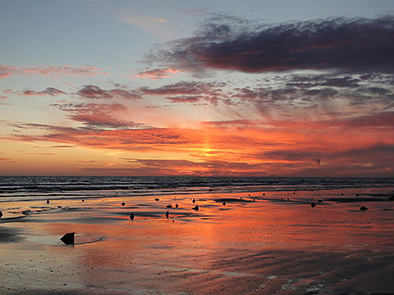




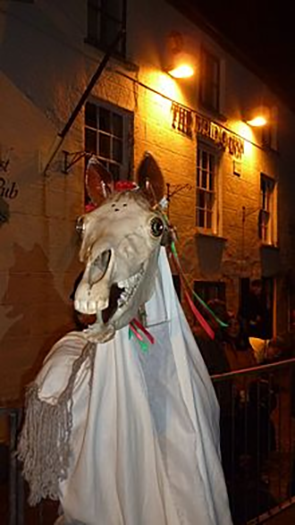


No one has commented yet. Be the first!